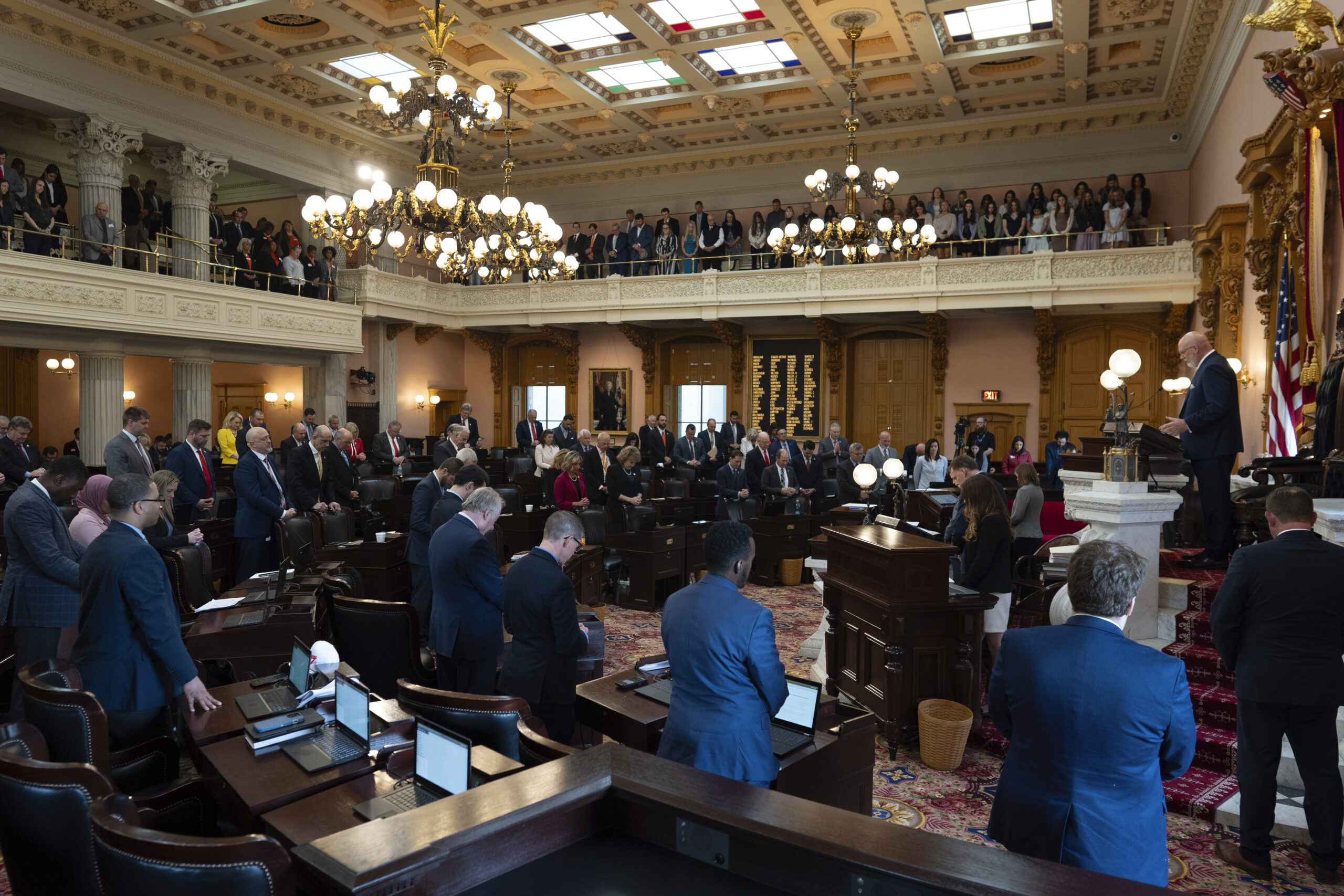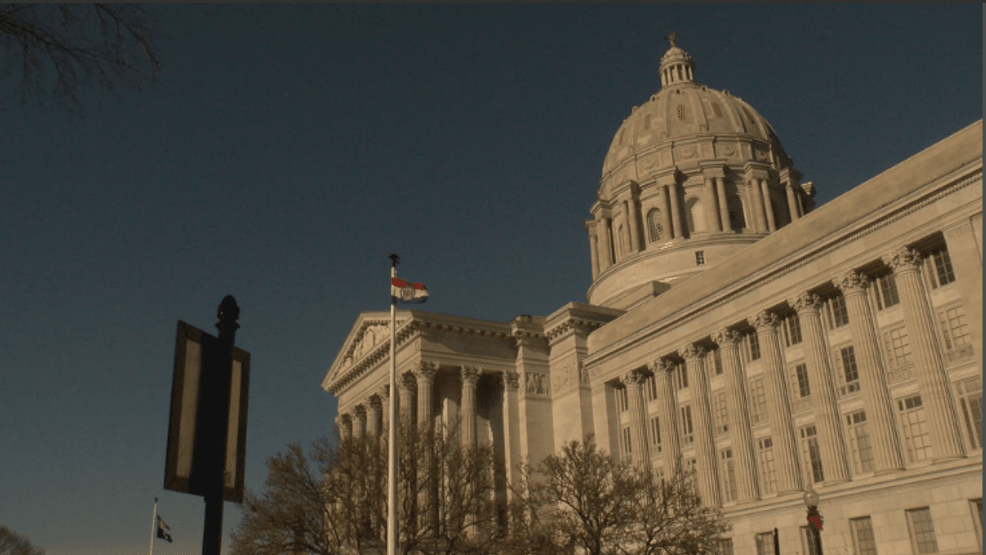
Category: Articles
Herbal medicine shows great potential in treating and preventing dementia – Earth.com

Dementia research is entering a new era as more focus and resources are directed toward finding the right treatments to combat this complex condition.
While much of this search revolves around cutting-edge drugs, it is fascinating to see that potential solutions might be hidden within traditional medicine.
Dementia, a debilitating condition that impacts both cognitive and motor functions, is primarily associated with older adults and is often viewed as an inevitable consequence of aging.
However, it’s not merely the passing of time that triggers its onset, but rather a multitude of complex factors such as genetics, environmental influences, and lifestyle.
There is an urgent need for a therapeutic breakthrough to prevent or at least slow down dementia’s progression, especially as populations worldwide continue to age rapidly.
On the brighter side, a dedicated group of researchers in the Graduate School of Medicine at Osaka Metropolitan University is making promising strides in the search for new solutions.
The research dives into the realms of traditional Chinese medicine, an area rich with ancient knowledge and healing practices.
Their findings are quite encouraging, to say the least, and may hold the key to a revolutionary approach to dementia prevention.
The researchers focused on the dried seeds of Ziziphus jujuba Miller var. spinosa, a type of jujube that is widely used in traditional Chinese medicine.
The team administered hot water extracts of the dried seeds to mice with various diseases — including Alzheimer’s, frontotemporal dementia, Parkinson’s disease, and dementia with Lewy bodies.
Remarkably, the researchers discovered that the treatments resulted in significant restoration of cognitive and motor functions.
Even more intriguing was when these seeds were crushed into a powder form and given to the model mice. The cognitive function of these mice improved to a level exceeding that of the control group.
The effects didn’t stop there. The powders also seemed to suppress cellular aging in older mice and boosted their cognitive functions to match those of their younger counterparts.
Often called sour jujube or spindle jujube, Ziziphus jujuba Miller var. spinosa is a tree that originally hails from East Asia, especially China.
What makes it stand out are its thorny branches and the small, oval fruits that shift from green to a rich reddish-brown as they ripen.
This tree does really well in dry and semi-dry areas and can handle different types of soil and climates, making it super resilient even in tough conditions. Its ability to survive droughts is a big reason why it’s grown in so many different places around the world.
People have been loving Ziziphus jujuba var. spinosa for centuries because it’s so versatile in both cooking and medicine.
The fruits are pretty sour on their own, but when dried, they’re fantastic in teas, desserts, and traditional dishes, adding a unique kick to all sorts of recipes.
Plus, the fruits and other parts of the tree are a staple in traditional Chinese medicine. They’re believed to help improve sleep, boost the immune system, and provide antioxidants, making them a go-to ingredient for herbal remedies that promote overall health and well-being.
Growing Ziziphus jujuba var. spinosa comes with a bunch of perks, both economically and environmentally.
Farmers love that it doesn’t require a lot of maintenance and can still produce fruit even when conditions aren’t perfect, ensuring a reliable harvest.
On top of that, the tree helps prevent soil erosion and improves soil quality thanks to its extensive root system.
This was not the research team’s first successful venture into the world of traditional medicine.
They had previously noted memory and motor function improvements in dementia mice models when using the Hawaiian herb mamaki and the Chinese herb Acorus gramineus.
“The results of our research will hopefully make it possible to develop dementia prevention products that middle-aged and elderly people can take at their own discretion,” said Professor Takami Tomiyama of Osaka Metropolitan University’s Graduate School of Medicine.
Published for review in the journal eLife, the findings mark a substantial leap toward developing vital dementia drugs, drawing from the vast knowledge of traditional herbal medicine.
As researchers investigate traditional Chinese medicine, a promising new frontier is emerging at the intersection of age-old wisdom and cutting-edge science.
Unlike synthetic drugs, which often target specific molecular pathways, herbal remedies typically involve a complex mixture of active compounds that can influence multiple systems within the body.
This complexity poses a challenge for scientific analysis but also offers an opportunity to explore treatments that work in harmony with natural biological processes.
In the case of Ziziphus jujuba seeds, for example, the potential to improve cognitive function without significant side effects has sparked interest beyond academia.
Researchers are increasingly interested in whether these herbal treatments could evolve into widely accessible, over-the-counter supplements for dementia prevention.
If successful, these innovations could provide more affordable, preventive care options to populations at risk of dementia. This could transform the landscape of brain health and aging.
This study from Osaka Metropolitan University represents a pivotal step in that direction, encouraging more scientists to investigate ancient practices that may hold solutions for modern health challenges.
By validating the efficacy of traditional herbs through rigorous testing, researchers are paving the way for a new wave of dementia therapies that bridge the best of both worlds: the depth of traditional knowledge and the precision of modern science.
The study is published in the journal eLife.
—–
Like what you read? Subscribe to our newsletter for engaging articles, exclusive content, and the latest updates.
Check us out on EarthSnap, a free app brought to you by Eric Ralls and Earth.com.
—–
The Siddens-Bening Law Will Be Fully Enforced January 1st – krcgtv.com
Chinese herbal medicine-derived extracellular vesicles as novel biotherapeutic tools: present and future – Journal of Translational Medicine

Chinese herbal medicine-derived extracellular vesicles as novel biotherapeutic tools: present and future Journal of Translational Medicine
source
"Mom, He Looks Like Me": 'Sonic the Hedgehog 3's Lee Majdoub on the Importance of Representation – Collider
Steve O’Donnell clarifies NASCAR interest in San Diego street race, Southern California interest – On3.com

Jondean25
With no race in Southern California for 2025, what plans does NASCAR have to get back to the vital TV market? The Fontana short track remains years away if it will ever be built. So, what can be done in the meantime?
NASCAR remains interested in the Southern California market. It has to. That area is too important to ignore as a major sports series. The Busch Light Clash at the Coliseum was temporarily the fix.
CLICK HERE to go to PrizePicks and use code ON3 to receive a guaranteed $50 once you play $5 in lineups!
In 2025, the Chicago Street Race will finish its third event of a three-year deal. If that isn’t extended, could the Cup Series go somewhere in California? Like San Diego?
NASCAR COO Steve O’Donnell told Adam Stern of Sports Business Journal the sport has, “a number of folks who are interested at looking at NASCAR from a street race [perspective]. … “We are certainly interested in California and the Southern California market, and that will continue to be a focus for us, but nothing to confirm at this point.”
So, that’s a yes, but a no. I’m sure NASCAR would LOVE to have a race in San Diego. The logistics of making it happen are much different. While the Chicago Street Race has grown on locals, there have been criticisms.
Should the Cup Series have a street race elsewhere, those same criticisms would likely arise. Shutting down streets and roads has consequences, even if temporary.
CGD host calls out Ryan Day
Coach rants on outside noise
Notre Dame fans chant 'We want Georgia'
Latest on Georgia QB status for Sugar Bowl
Ranking the athletic departments
By clicking "Subscribe to Newsletter", I agree to On3's Privacy Notice, Terms, and use of my personal information described therein.
The Chicago Street Race is a unique event in NASCAR. Street racing is something that has only ever been done in sports car racing and open-wheel such as F1 and IndyCar. To put stock cars on the streets of Chicago is a big deal.
Speaking with Adam Stern of Sports Business Journal, O’Donnell highlighted the positive parts of the race. However, challenges remain.
“For us, we’re just looking at 2025. It’ll be the third year of a three-year run and each year we’ve wanted to build upon the momentum that we have,” O’Donnell told Stern. “We’ve learned things each and every year – it’s our first street race, a lot of learnings came from that. A lot of weather challenges as well. … We’ve made some tweaks to the event format and continuing to evolve that as well, so we’ll get through the event, see where things are, but concentrating on 2025 and making that event as successful as it can be.”
That doesn’t sound confident for a continued event in Chicago. But that was never the goal. NASCAR wanted to show that it could host a street race first. Now they can take that concept pretty much anywhere that will have them.
CGD host calls out Ryan Day
Coach rants on outside noise
Notre Dame fans chant 'We want Georgia'
Latest on Georgia QB status for Sugar Bowl
Ranking the athletic departments
© 2024 On3 Media, Inc. All rights reserved. On3 is a registered trademark of On3 Media, Inc.
Music Stocks Dragged Down Amid Dreary Week for Global Markets – Billboard
World Meditation Day: Roop Dhyaan and the Path to Inner Peace and Global Harmony – Times Now

Theme
Latest News
Pickleball
Entertainment
Bollywood
Box Office
Reviews
TV
Web Series
Hollywood
Korean
Telugu
Tamil
Kannada
Malayalam
Movies
India
Cities
Mumbai
Delhi
Kolkata
Bengaluru
Hyderabad
Chennai
Pune
Noida
Gurugram
Ghaziabad
Ahmedabad
Chandigarh
Kochi
Crime
Sports
Pickleball
Padel
Cricket
Football
WWE
Tennis
Badminton
Hockey
Athletics
NBA
MMA
Live Score
Business
Personal Finance
Markets
Companies
Economy
Industry
Real Estate
World
US
UK
Europe
Asia
Middle East
Australia
Canada
Lifestyle
Relationships
Fashion
Parenting
Beauty
Food
Books
Home & Garden
People
Events
Travel
Blogs
Health
Diet
Fitness
Mental Health
Weight Loss
Education
Viral
Technology
Trending:
news
spirituality
Updated Dec 21, 2024, 05:00 IST
Image – Canva
Trending:
I am a lifestyle writer with a passion for the beauty industry, always hopping on to latest trends while prioritising skincare. As much as I love indu…View More
Follow us :
© 2024 Bennett, Coleman & Company Limited
Google Chrome is testing a new AI tool that scans for scams to help save you from online trickery – TechRadar
Ohio legislature passes bill requiring public schools to provide religious release time – Heartland Signal

The Republican-dominated Ohio state Senate passed House Bill 8 on Thursday, which includes a provision that mandates public schools to allow students to leave school property to attend religious instruction offsite.
According to the bill’s text, the provision calls for schools to provide “released time,” which is defined as “a period of time during which a student is excused from school to attend a course in religion instruction conducted by a private entity off school property.” The final bill included language requiring schools to provide released time, opposed to a previous version of the bill that made it optional.
A later stipulation states that transportation of the student is incumbent on the “sponsoring entity, parent, guardian, or student” and that the school district is not liable in damages if the child is harmed during transportation.
The released time provision was met with opposition from Ohio Democrats, including Rep. Joe Miller (D-Amherst), who is a former teacher. On the Ohio House floor, Miller implied that the provision was unconstitutional.
“You’re mixing religion and education in public schools,” Miller said. “I mean, I’ve seen unconstitutional stuff come our way. It just continues.”
Here’s Miller’s speech, in part, against mandated released time for religious instruction in public schools. https://t.co/XmU23VxdbZ pic.twitter.com/Dy6RYCbdfJ
— The Rooster (@rooster_ohio) December 19, 2024
He then pitched the scenario of a school superintendent extending the school day by an hour, with students not taking religious instruction being able to leave.
Senate Minority Leader Nickie Antonio (D-Lakewood) also opposed the bill’s provision to require schools to report a student’s request to identify as a gender not assigned to them at birth.
“It’s certainly not what the children and the teachers and the parents of Ohio need,” Antonio reportedly said. “I think we need to maintain the ability of children to be able to talk to teachers, social workers, counselors, with some confidentiality, and parents need to be able to be involved with their children, but also know that sometimes children need somebody to talk to.”
Antonio also disagreed with the released time aspect of the legislation.
“It disrupts the flow of (students) dealing with their studies,” Antonio continued. “I think it needs to be on an individual school district basis to make those kinds of decisions.”
Rep. Josh Williams (R-Sylvania Twp.) responded to Democratic pushback and school districts potentially working around the released time provision by telling his colleagues “FAFO.” This acronym stands for “f— around and find out.”
Rep. Josh Williams captured the arrogance of the Ohio Legislature when it comes to pushing religion by any means possible into public education.
Also probably became the first state legislator in the country to use the phrase “FAFO” on a legislative floor. pic.twitter.com/wHkX1MLw2c
— The Rooster (@rooster_ohio) December 19, 2024
The separation of church and state is a principle that derives from the Consitution’s First Amendment, which states that “Congress shall make no law respecting an establishment of religion.” In recent years, the conservative majority on the Supreme Court of the United States has chipped away at separation of church and state precedent with rulings upholding prayer in public schools and public money for religious schools.




